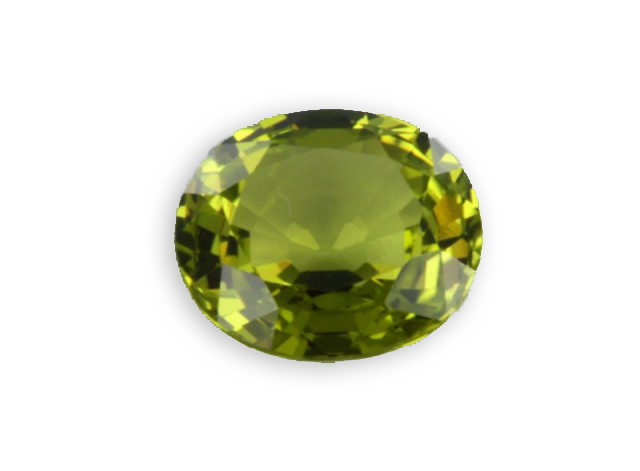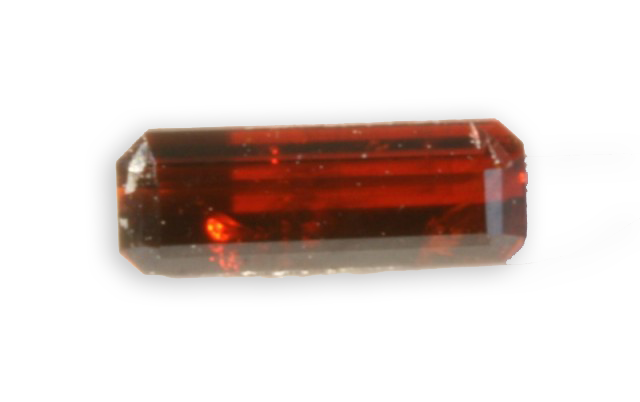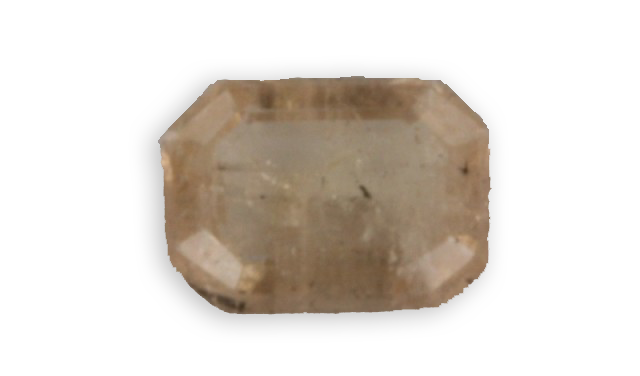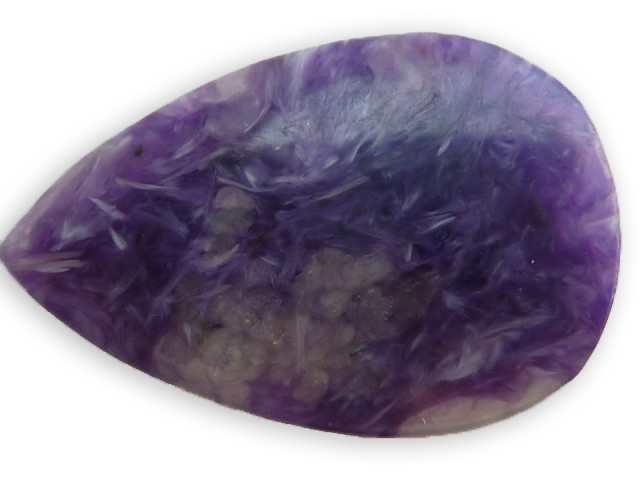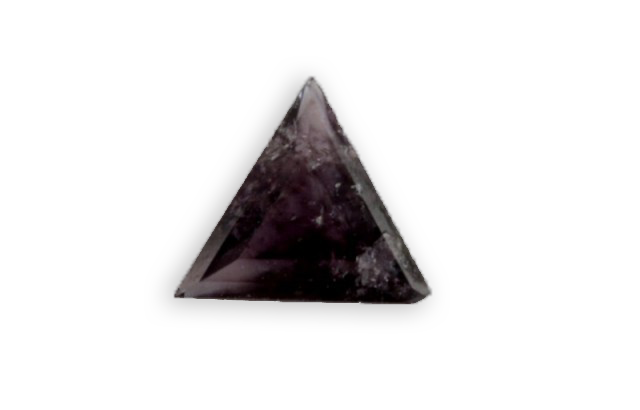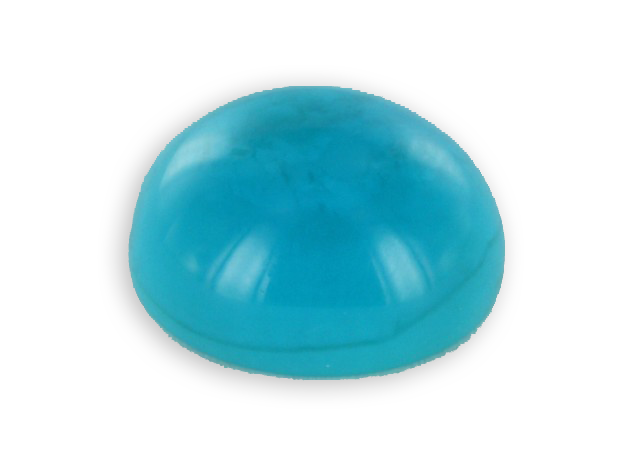
chrysocolla
Its name, of the masculine gender, comes from the Greek “khrusos” : gold, and “kholla”: glue, referring to the fact that this mineral was used powdered to solder gold. It has been called “the little sister of turquoise” because of its alikeness. The rock of

